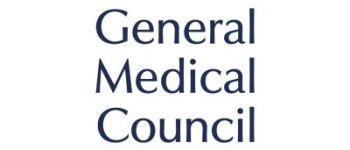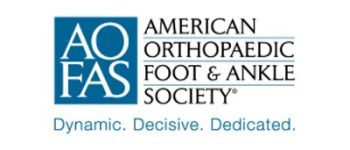About Accessory Navicular
The accessory navicular is an extra piece of cartilage or bone which is located above the foot arch on the foot’s inner side. It is located in the same area of the foot as the posterior tibial tendon often within it.
An accessory navicular is an abnormality which is present from birth. Accessory navicular syndrome is the name given to a condition which involves painful symptoms resulting from the accessory navicular.
Causes
Accessory navicular syndrome is usually caused by the aggravation of the accessory navicular or the posterior tibial tendon. The aggravation itself is typically caused by; chronic irritation from footwear which rubs against the accessory navicular; an ankle or foot sprain; or overuse of the foot.
It is understood that people with flat feet are more likely to have accessory navicular syndrome, as having flat feet exerts more strain on the posterior tibial tendon. This, in turn, can lead to irritation and inflammation. Also, people with an accessory navicular are more predisposed to developing flat feet.
Symptoms
Among the prominent symptoms of accessory navicular syndrome are; a bony prominence above the foot arch in the middle of the foot; swelling and redness of the accessory navicular; pain in the foot arch and midfoot; a throbbing sensation in the foot arch and midfoot.
Symptoms of accessory navicular syndrome often arise during adolescence, when cartilage is developing and the bones are maturing. In some cases, symptoms do not appear until an individual reaches adulthood or suffers a twisting injury to their foot.
Treatment
A physical examination is one of the first steps in making a diagnosis of accessory navicular syndrome, with the foot being examined for swelling and signs of irritation. A doctor may also look closely at the strength of the foot muscles, the structure of the foot, and the foot’s range of motion, as well as how an individual walks. Further tests can include an x-ray with reverse oblique views and MRI scan, which can be used to evaluate the extent of the condition.
There are a range of non-surgical treatment options which can be used to address accessory navicular syndrome in the first instance. These include; indirect ice treatment, in order to reduce inflammation; immobilisation, which can involve the wearing of a walking boot or cast; physical therapy, in order to strengthen key muscles in the foot and increase range of motion; orthotic devices, such as shoe inserts which can serve to reduce irritation and increase comfort; and medications, including nonsteroidal anti-inflammatory drugs (NSAIDs) such as ibuprofen, which can reduce inflammation and pain.
For cases in which non-surgical treatments have proven ineffective, surgery may be the best course of action. Surgical procedures used to treat accessory navicular syndrome are typically focused on the removal of the accessory navicular bone, and the repair of the posterior tibial tendon, including its reattachment to the native navicular. The procedure may differ when other conditions, such as flat feet, are also present. This is typically a day case procedure with immediate weight bearing in a boot for 6 weeks. During this time rest and elevation are key to a good recovery. Symptoms on occasion can take a year to fully settle but the majority of pain is improved immediately. As with all foot surgery it is normal for swelling to persist for some months after surgery and is completely normal. This swelling will eventually completely subside with time and can take up to 12 months but often goes well before this.










